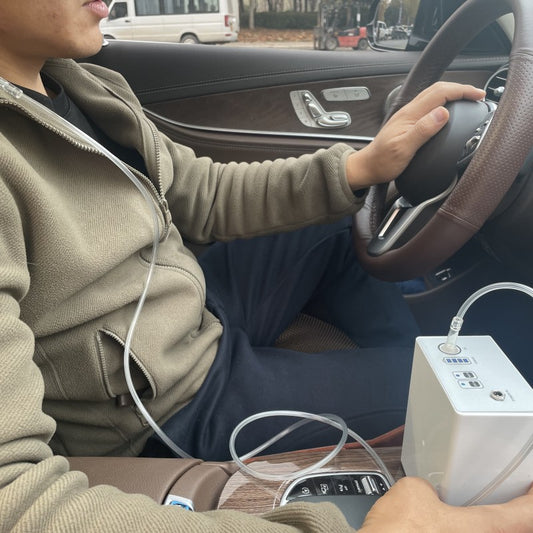Stay away from COPD, do you know how to train your breathing
CharlesMarry

-
Smoking
-
Outdoor air pollution
-
Respiratory tract infection
-
Lower limb training
-
Upper limb training
-
Upper extremity plus lower extremity exercise
-
Respiratory muscle training










